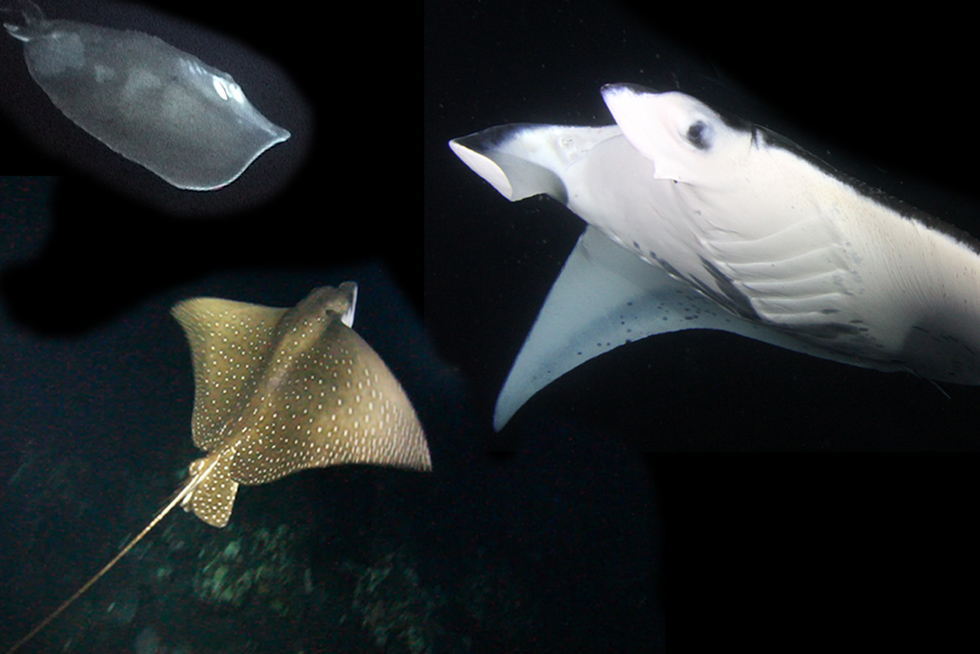

This is used as a defense mechanism and also to immobilize prey. These generate an electric current, which varies from 8 volts up to 220 volts. Some stingrays have more than one stinger.Įlectric rays are a different shape to stingrays with a stubby tail and extended, flat pectoral fins containing a pair of kidney-shaped organs. Depending on the species, the stinger can be up to 35 centimetres long and has grooves that contain venom glands. They hide under wrecks, inside caverns or on the reef and only ever sting in self-defense. Stingrays have a barbed stinger, and despite the negative publicity at times, these rays tend to be placid creatures that avoid contact with others.

Not only is this region notable for the presence of so many manta rays, but it has also been recently identified as the first known manta nursery.Anyone who dives will probably already know that rays are related to sharks – although they look nothing like them – and that rays drop loosely into two groups, those that sting in some way (electric and sting rays) and those that don't, such as mobula and manta rays. Flower Garden Banks National Marine Sanctuary, in particular, hosts a number of manta rays that feed off of the extensive phytoplankton found in the deeper waters alongside the underwater banks. These listings along with regulations, education, and the creation of protected areas are helping to protect the manta rays and their habitats from continued threats. These practices threaten the widely distributed and slow-growing species which has led to its listing as Threatened under the Endangered Species Act (ESA) and under Appendix II of the Convention on International Trade in Endangered Species (CITES). Unfortunately, they are fished predominantly for their gill rakers and are often victims of bycatch in other commercial fishing efforts. Their graceful movements through the water and approachability make elusive manta rays highly attractive to divers when they can actually be found. across their wingspans making them one of the largest animals in the ocean. Manta rays can reach an impressive 25 ft. Its important to be able to distinguish a manta ray from a stingray, as the manta is a gentle giant whilst the stingray has a sharp barb that is capable of. Stingrays have a mouth on the underside of their bodies that is strong enough to crush clams and crustaceans that they find along the bottom of the ocean in coastal waters. This feeding method is ideal for manta rays as they spend their time in coastal and pelagic waters where they can swim through the water column collecting tiny marine organisms. Manta rays have a wide mouth found at the front edge of their bodies with cephalic lobes (specialized, flap-like appendages) on either side that help funnel plankton and other small organisms into their mouths for filter feeding. Manta rays do not have the infamous barb found on their tails, while stingrays utilize the barb as a defense mechanism. MorphologyĪlthough they are related, stingrays and manta rays still have several differences. They also have similar tail-like appendages. Manta rays and stingrays have large, flat body shapes are very similar with heads fused directly to wide pectoral fins used for propulsion. These species are related due to their cartilaginous (the material in our noses and ears) skeletons. Manta rays and stingrays are both members of the Chondrichthyes class, which also includes species like sharks.


 0 kommentar(er)
0 kommentar(er)
